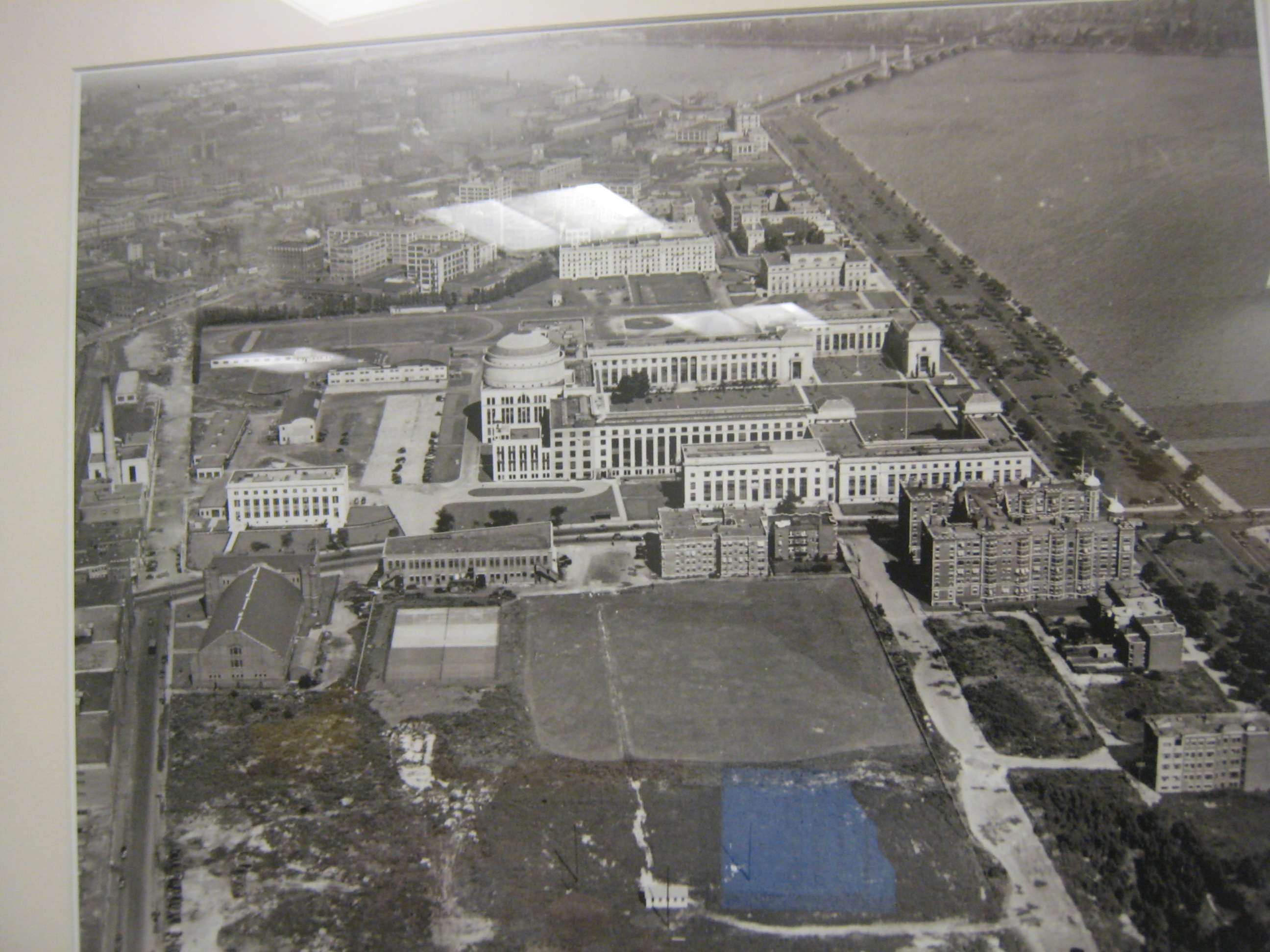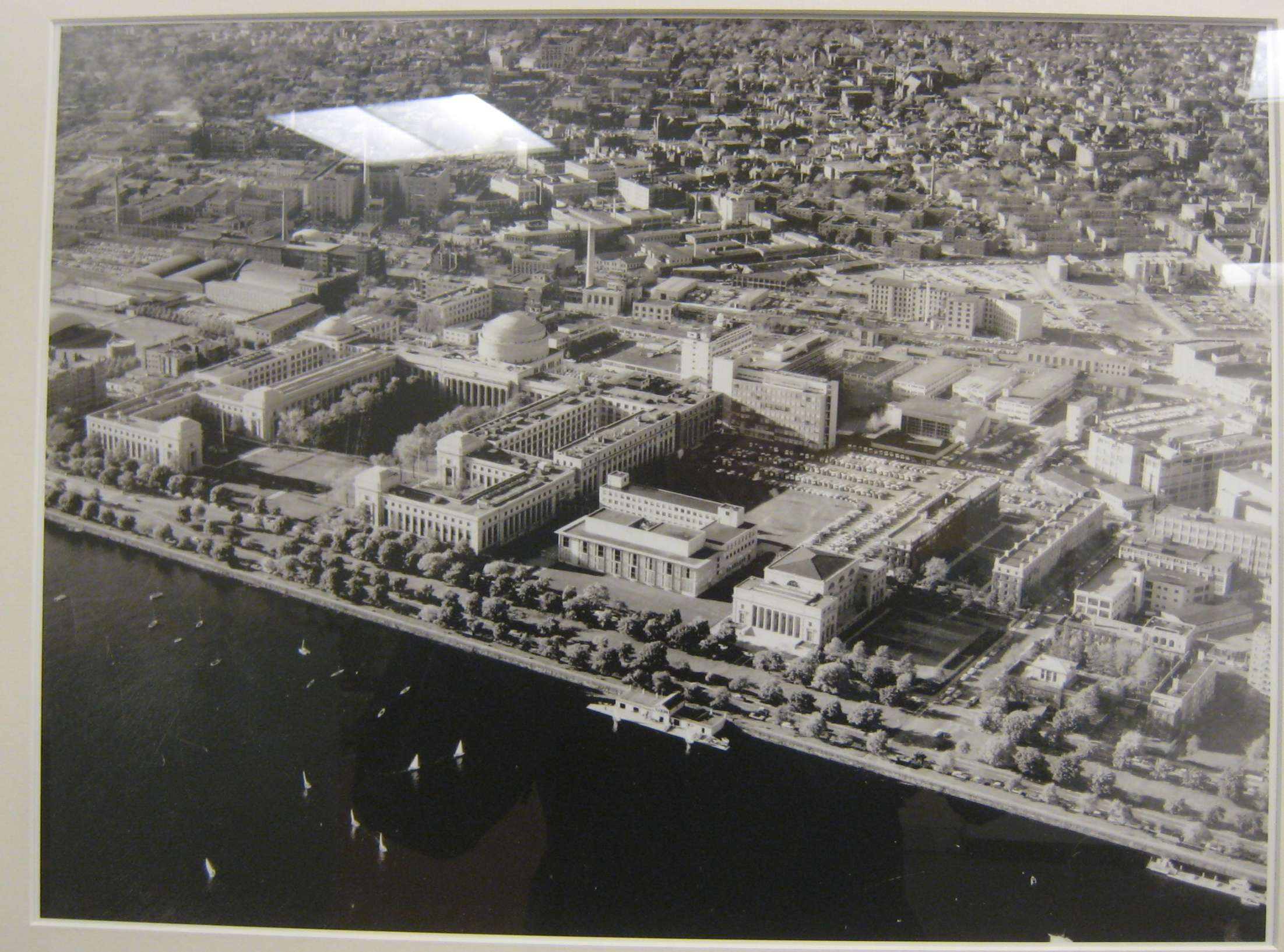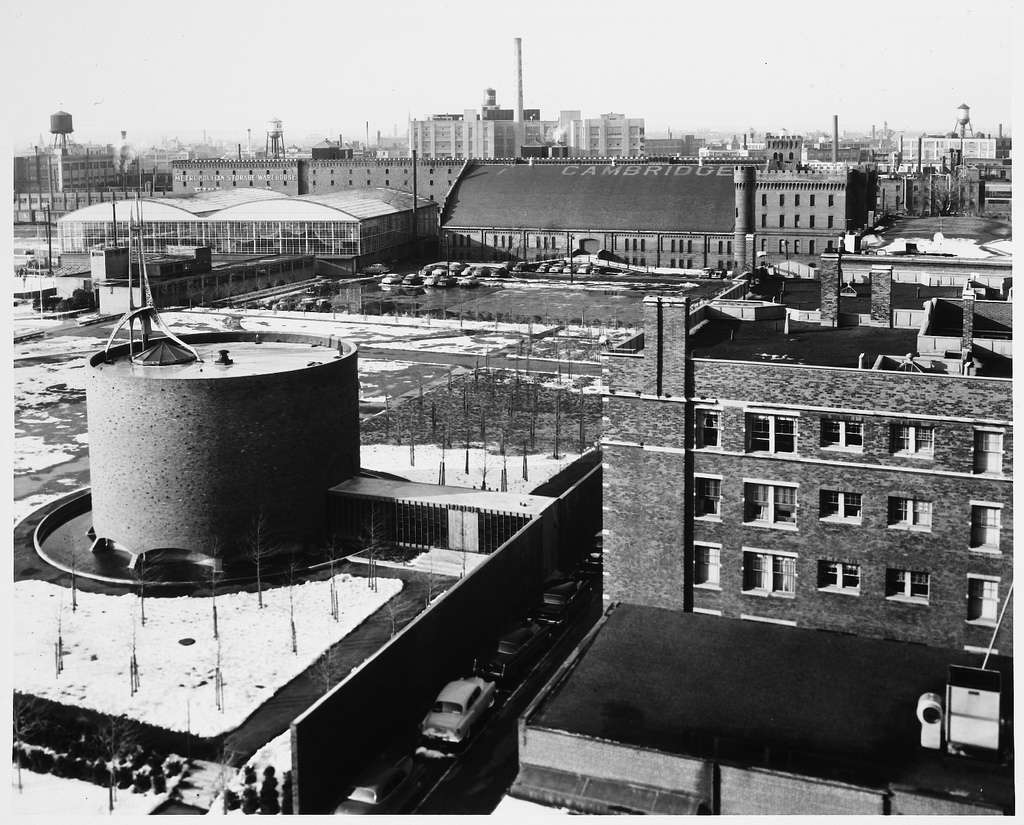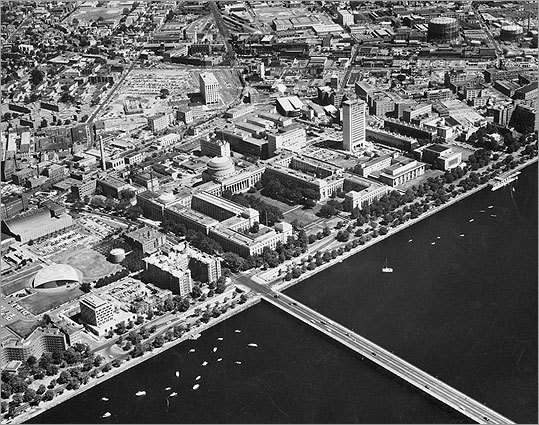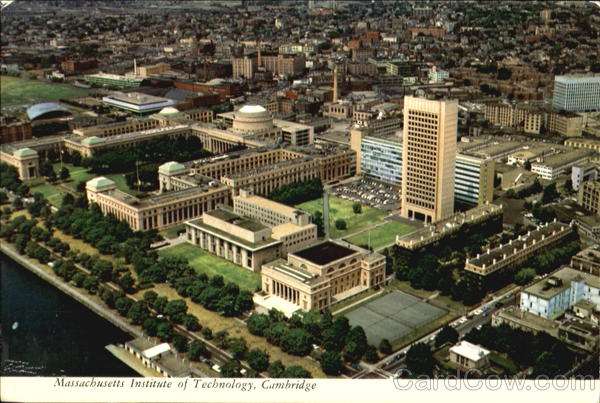Ron Newman
Senior Member
- Joined
- May 30, 2006
- Messages
- 8,395
- Reaction score
- 13
The 1894 map envisions the neighborhood adjoining the 'Cambridge Esplanade' as an elegant second Back Bay. As we know, eventually it became MIT instead. A few apartment blocks were built as part of the earlier plan and were incorporated into MIT as dormitories.

